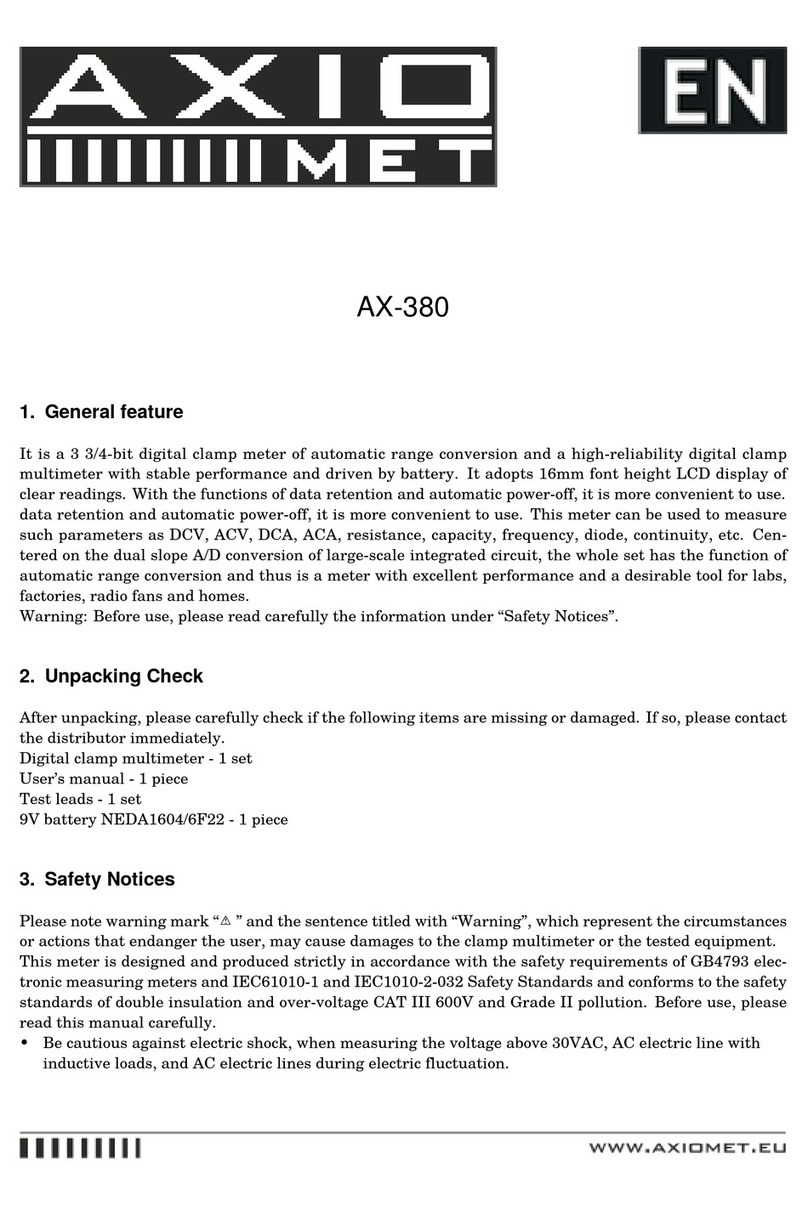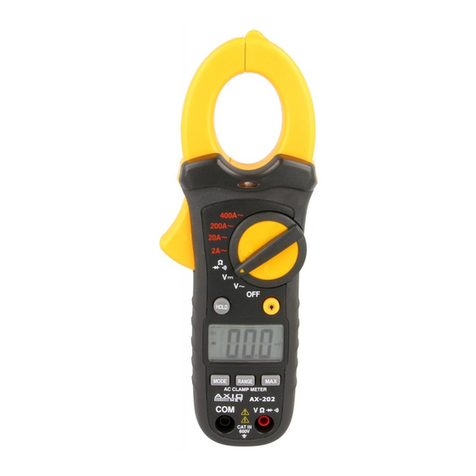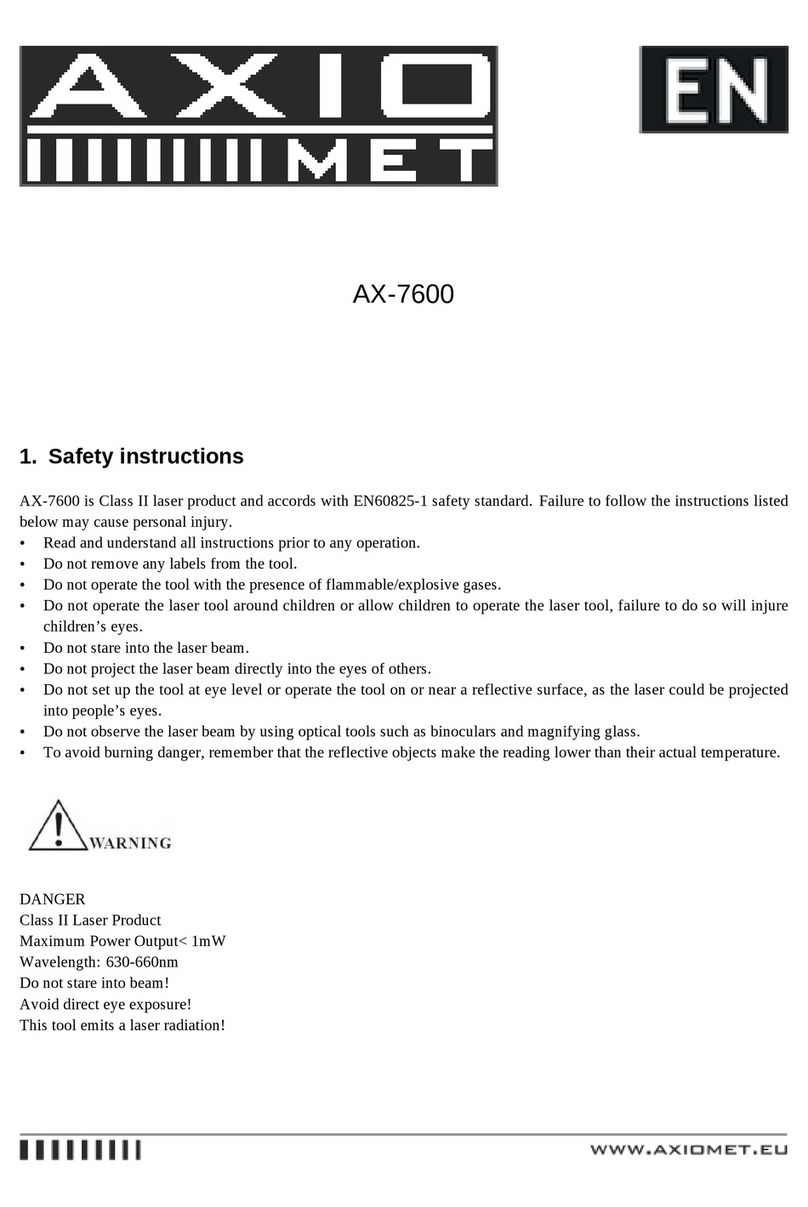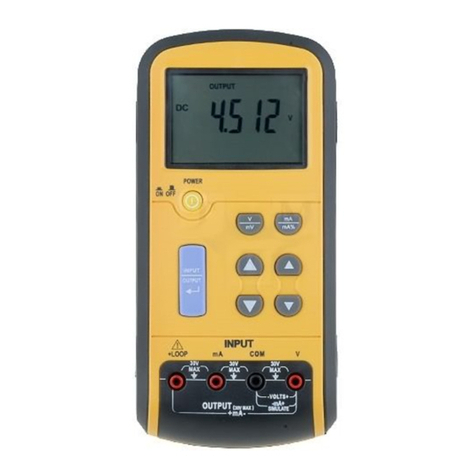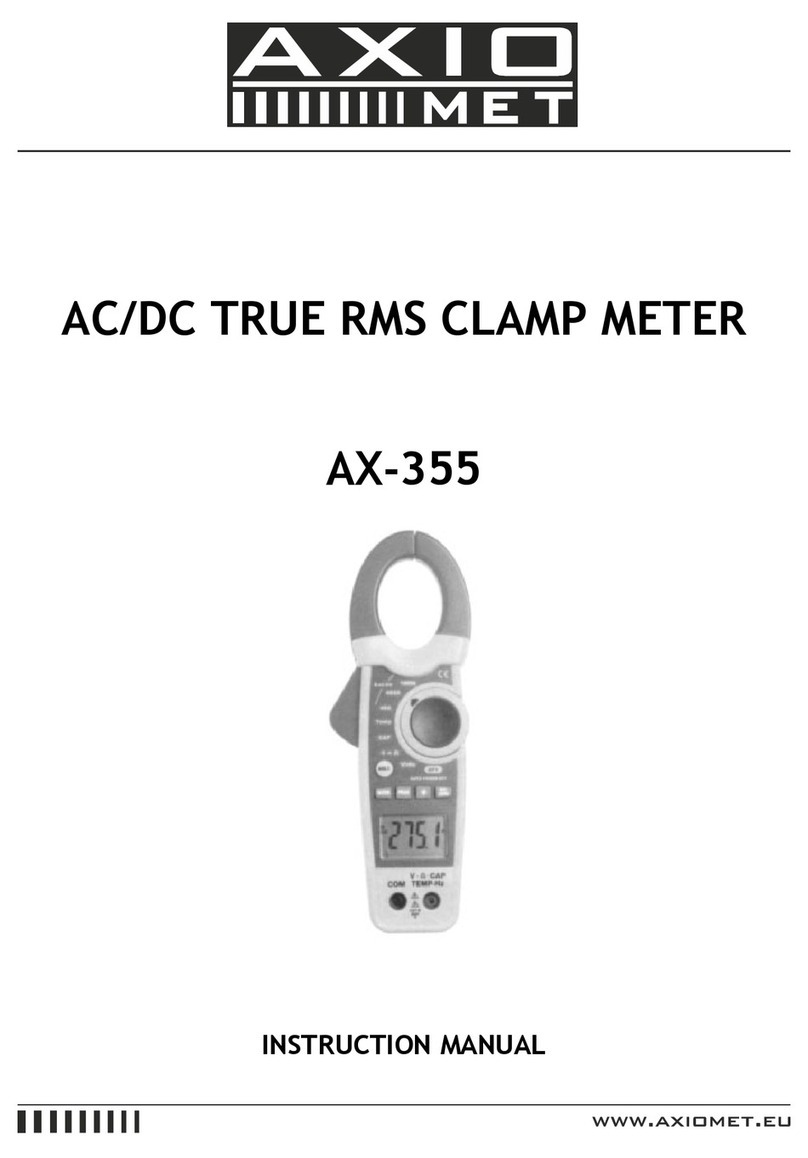Axio MET AX-572 User manual
Other Axio MET Measuring Instrument manuals
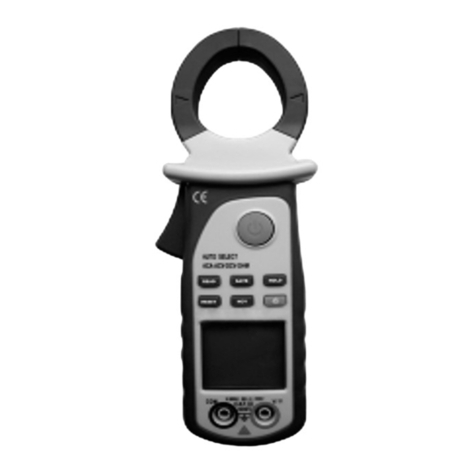
Axio MET
Axio MET AX-2040 User manual
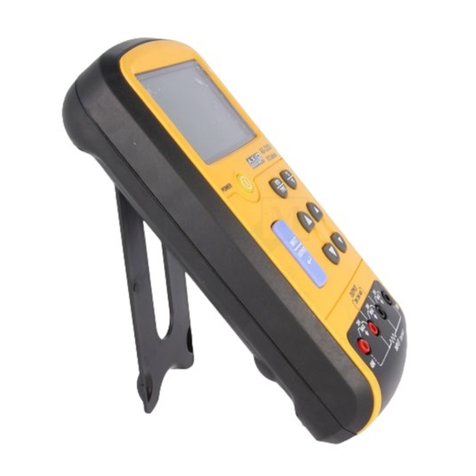
Axio MET
Axio MET AX-C850 Assembly instructions
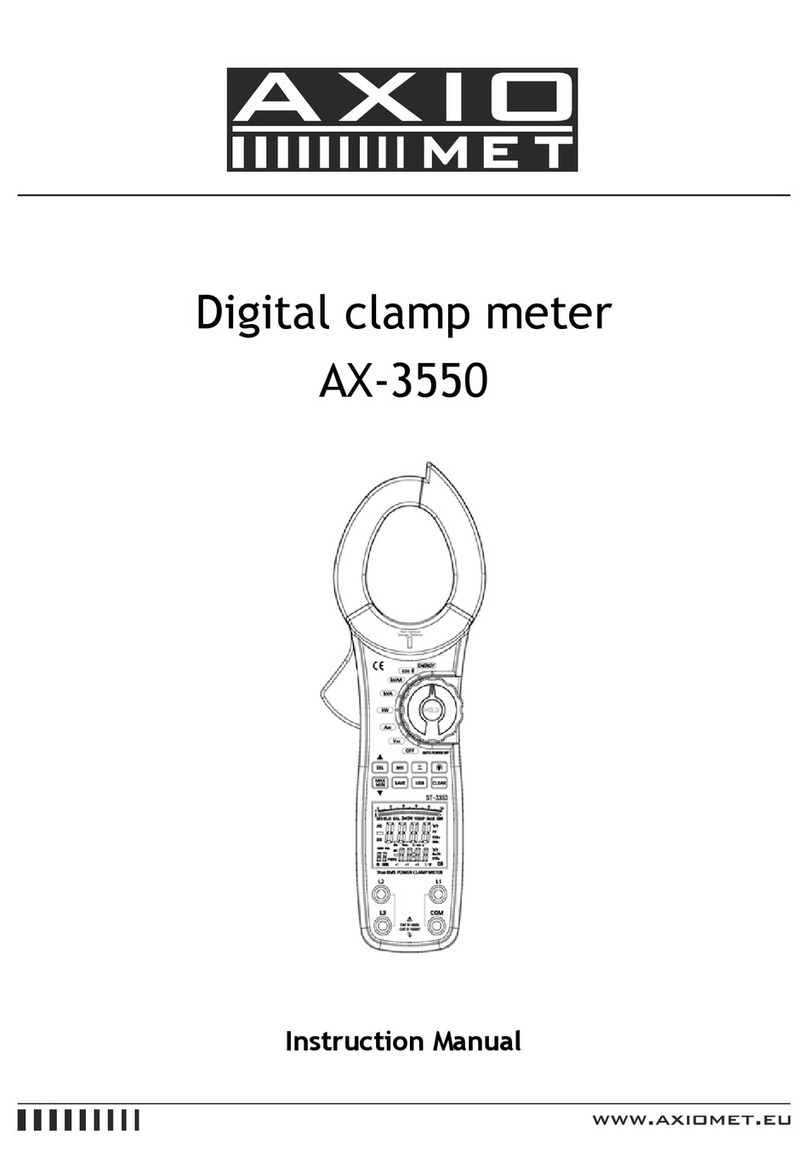
Axio MET
Axio MET AX-3550 User manual

Axio MET
Axio MET AX-5003 User manual
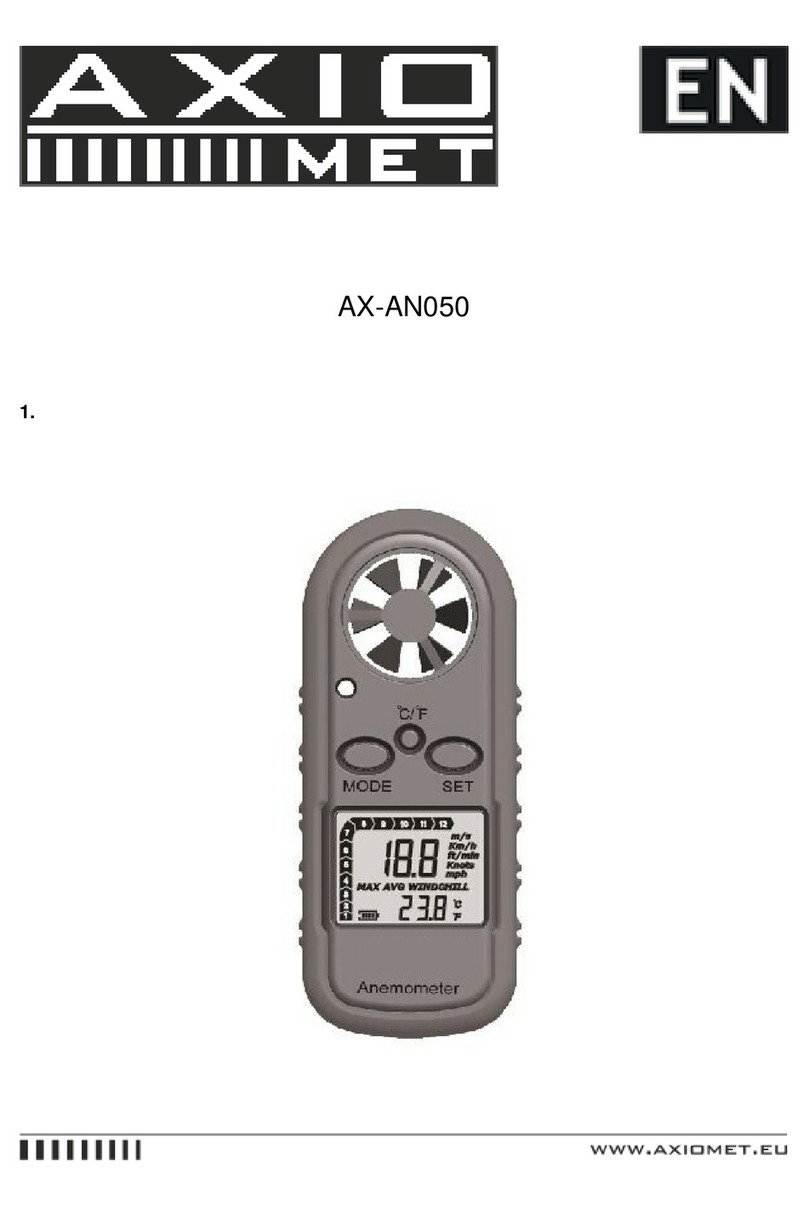
Axio MET
Axio MET AX-AN050 User manual
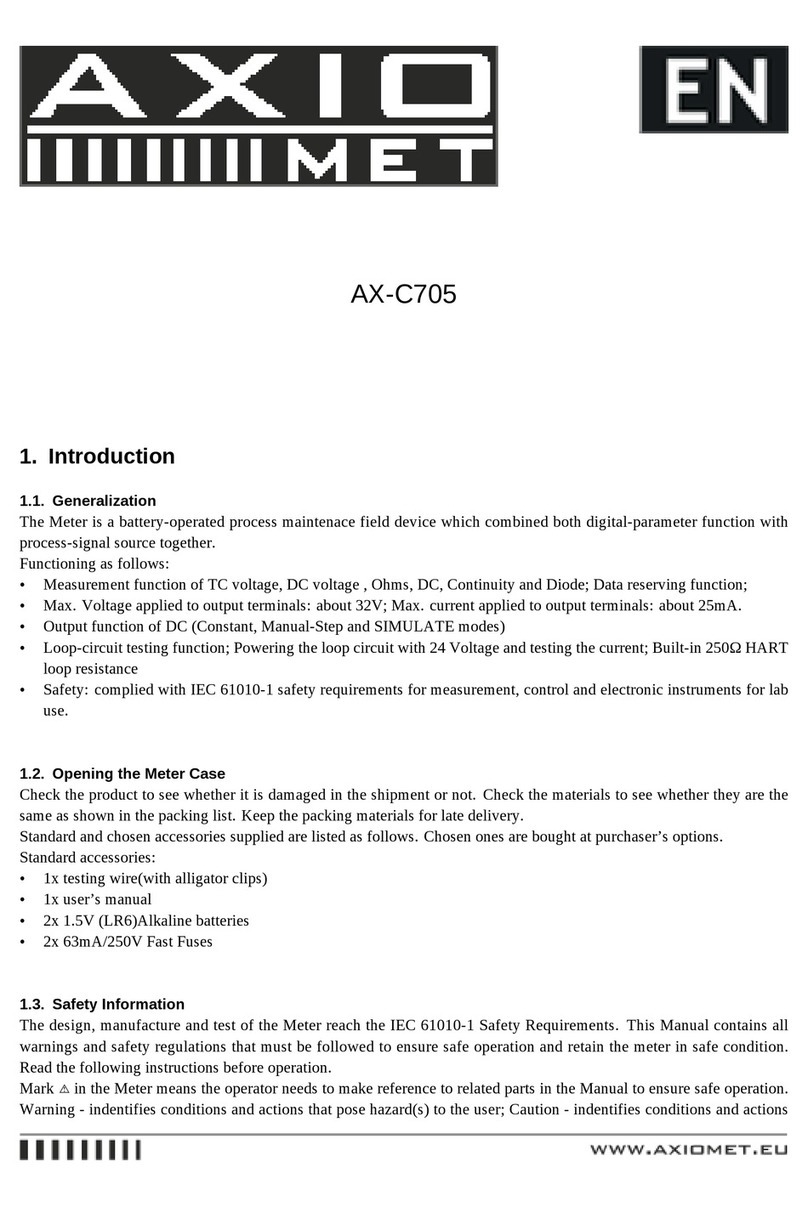
Axio MET
Axio MET AX-C705 User manual

Axio MET
Axio MET AX-6520 User manual
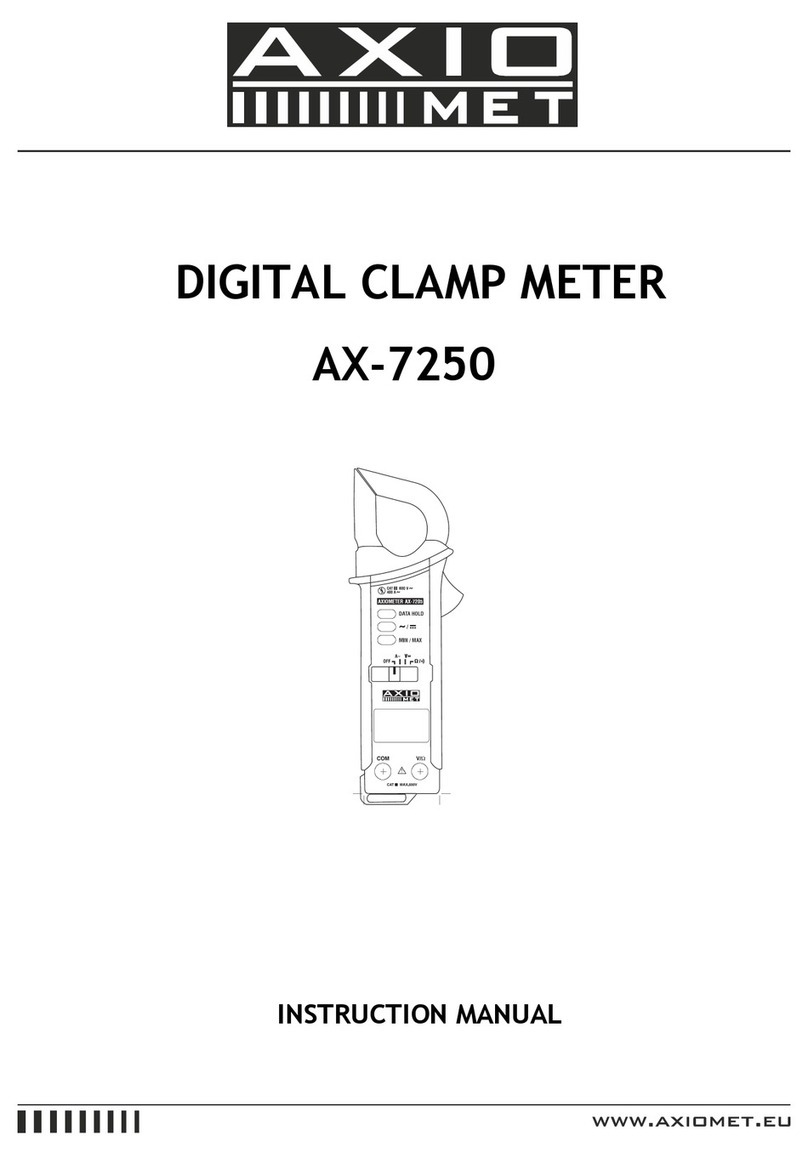
Axio MET
Axio MET AX-7250 User manual
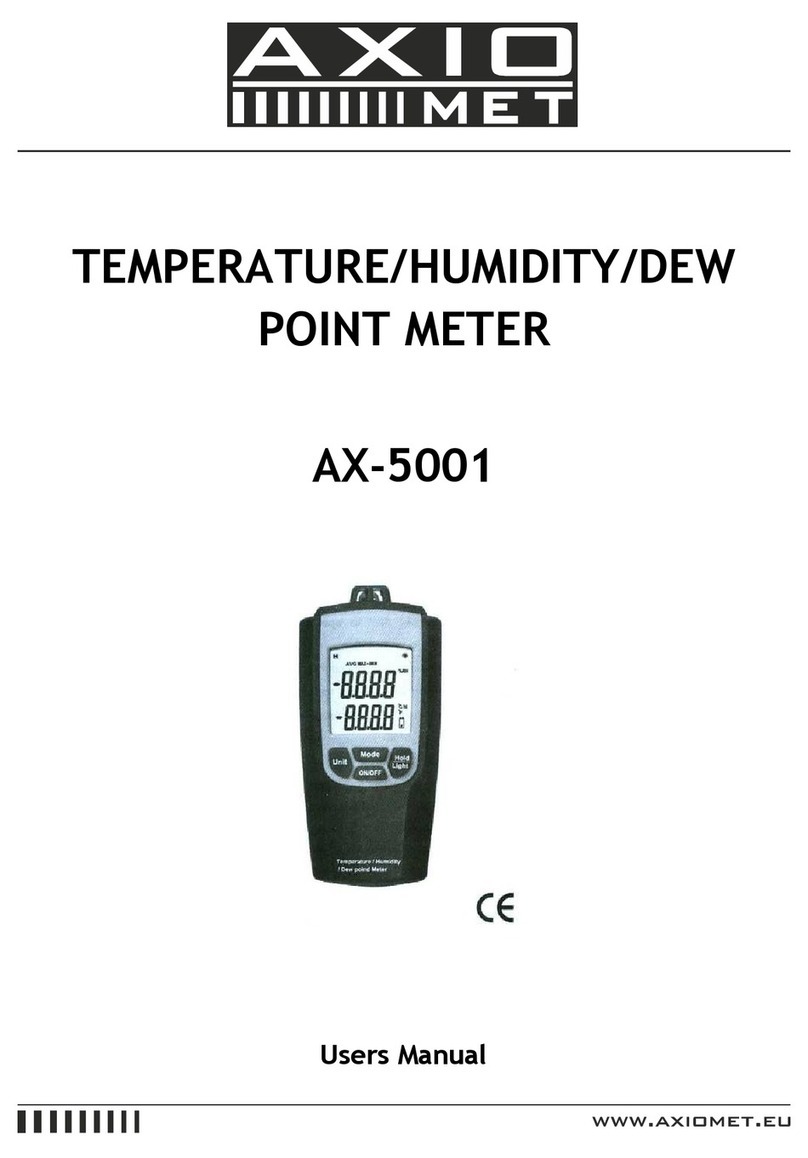
Axio MET
Axio MET AX-5001 User manual

Axio MET
Axio MET AX-T2200 User manual
Popular Measuring Instrument manuals by other brands

Powerfix Profi
Powerfix Profi 278296 Operation and safety notes

Test Equipment Depot
Test Equipment Depot GVT-427B user manual

Fieldpiece
Fieldpiece ACH Operator's manual

FLYSURFER
FLYSURFER VIRON3 user manual

GMW
GMW TG uni 1 operating manual

Downeaster
Downeaster Wind & Weather Medallion Series instruction manual

Hanna Instruments
Hanna Instruments HI96725C instruction manual

Nokeval
Nokeval KMR260 quick guide

HOKUYO AUTOMATIC
HOKUYO AUTOMATIC UBG-05LN instruction manual

Fluke
Fluke 96000 Series Operator's manual

Test Products International
Test Products International SP565 user manual

General Sleep
General Sleep Zmachine Insight+ DT-200 Service manual
